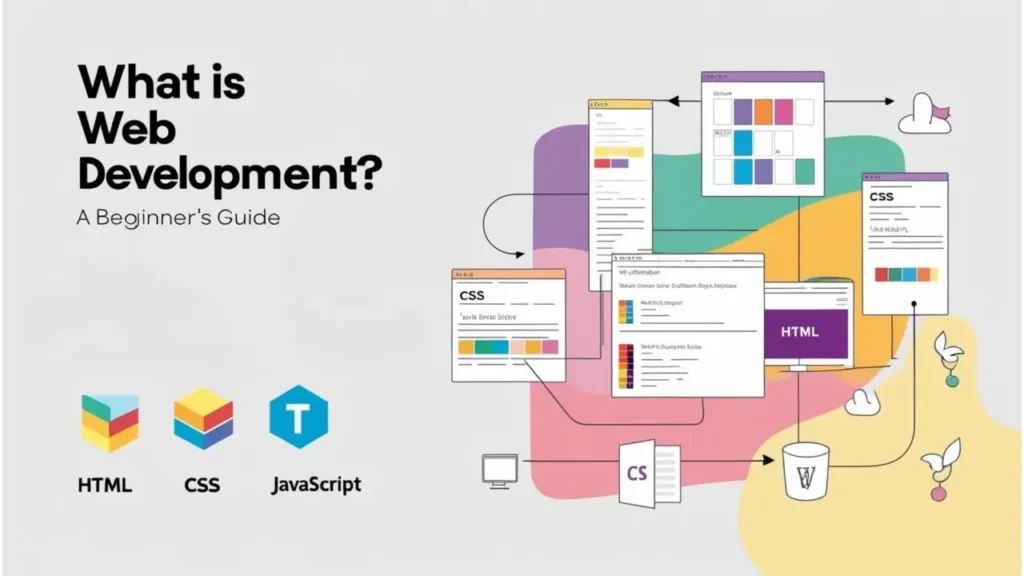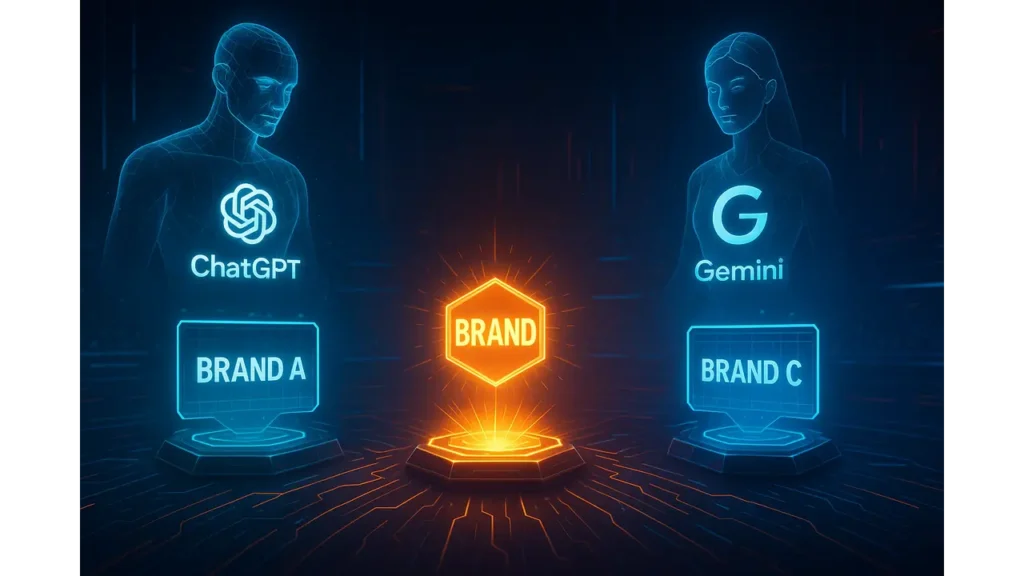Introduction
The rise of artificial intelligence (AI) has dramatically transformed the digital content landscape. AI models such as GPT-4, ChatGPT, and other generative tools now enable the rapid creation of blog posts, product descriptions, and even complex research articles in mere minutes. While these tools offer unparalleled efficiency, they introduce a new challenge: ensuring that AI-generated content ranks well on search engines and delivers meaningful value to readers. This is where Generative Engine Optimization (GEO) steps in.
Generative Engine Optimization is a new and evolving discipline, akin to traditional Search Engine Optimization (SEO) but specifically focused on content generated by AI. As search engine algorithms evolve, prioritizing content quality and relevance, optimizing AI-generated text becomes crucial for businesses that seek to maintain a competitive edge online.
In this article, we will explore what GEO is, why it’s important, how it differs from traditional SEO, key strategies for successful GEO implementation, and how businesses can harness the power of AI while ensuring search engines recognize and reward their efforts. We will also discuss the challenges and potential pitfalls of GEO, providing a comprehensive roadmap for marketers, content creators, and businesses to thrive in the age of AI.
Key Takeaways
- Generative Engine Optimization (GEO) focuses on optimizing AI-generated content to improve its ranking, engagement, and relevance.
- Combining SEO techniques with AI content creation tools is key to improving visibility and search engine performance.
- GEO involves enhancing content quality, relevance, and structure to meet evolving search engine algorithms and user expectations.
- Businesses using GEO must rely on a mix of technical optimization, human oversight, and AI-driven refinement to achieve content success.
- GEO represents a significant opportunity as AI-generated content continues to rise, allowing businesses to scale content creation while maintaining SEO best practices.
Table of Contents

What is Generative Engine Optimization (GEO)?
Generative Engine Optimization (GEO) refers to the process of optimizing content created by generative AI models to help it rank better in search engine results. As AI-generated content becomes increasingly widespread, businesses must ensure that this content adheres to search engine guidelines and ranks competitively.
How AI is Changing Content Creation
With the advent of advanced AI technologies, businesses can now generate large amounts of content at a fraction of the time it takes for humans to do so. From automated news stories to product descriptions, AI is taking over many content creation tasks. However, while this technology offers unprecedented speed and efficiency, the quality of AI-generated content can often lack the nuance, depth, and creativity that human-written content possesses.
GEO is about enhancing the output of these AI tools so that the content performs well in search engines like Google. To do this, businesses must follow SEO principles while refining AI-generated content to meet the quality standards expected by both readers and algorithms.
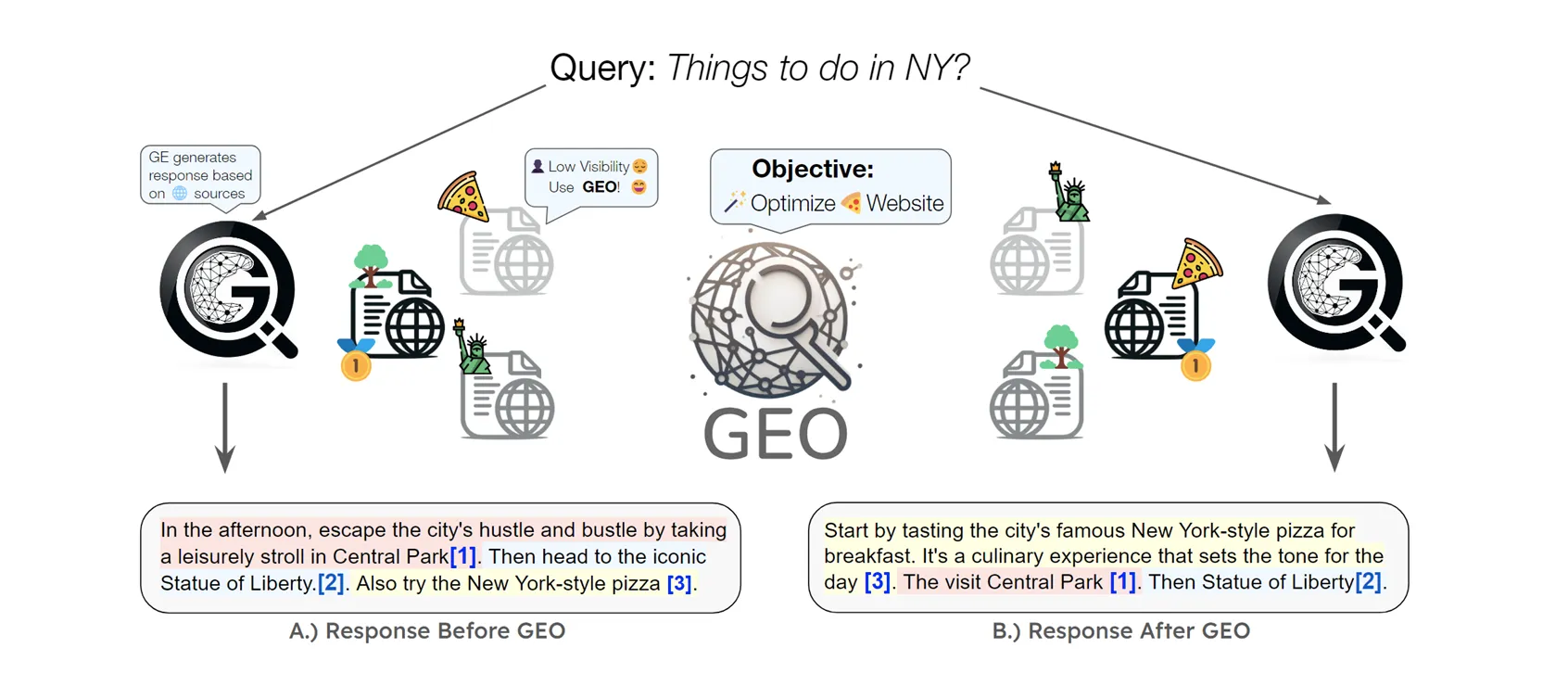
Why Traditional SEO Isn’t Enough for AI Content
AI-generated content has its own unique set of challenges that traditional SEO practices may not fully address. For example, while AI can generate content that includes relevant keywords, it may overuse them, making the content look like it’s been stuffed with keywords, leading to potential penalties from search engines. AI may also produce content that is less engaging or lacks a clear structure.
Generative Engine Optimization (GEO) aims to address these challenges by refining AI-generated content so that it not only contains the right keywords but also offers valuable, well-organized information that appeals to both readers and search engines.
Why GEO is Important in the Age of AI Content
As AI-generated content becomes more common, businesses are embracing tools like GPT-4, Jasper, and Writesonic to produce blog posts, social media updates, and product descriptions at scale. However, search engines like Google are becoming increasingly adept at evaluating the quality of AI-generated content. This is why GEO is essential for ensuring that AI-generated content performs well.
How Search Engines Handle AI-Generated Content
Search engines, particularly Google, have made significant advancements in how they evaluate content quality. They emphasize relevance, engagement, and originality. To understand what Google considers high-quality content, you can refer to their Search Quality Evaluator Guidelines.
- Relevance: How well the content answers the user’s query.
- Engagement: Whether readers stay on the page and interact with the content.
- Originality: The degree to which the content offers unique value or insights.
AI-generated content often falls short in these areas because it may be repetitive or lack the human touch that makes content engaging and trustworthy.
Impact of GEO on SEO and User Experience
GEO is critical because it helps bridge the gap between the speed of AI content creation and the quality standards required by search engines. With proper GEO strategies in place, businesses can ensure that AI-generated content not only ranks well but also provides value to the reader, which in turn enhances engagement, reduces bounce rates, and improves overall SEO performance.
For example, a business using AI to generate product descriptions can use GEO to refine the text, ensuring it remains engaging while containing the appropriate keywords. This increases the likelihood that users will find the content via search engines, stay longer on the page, and potentially convert into customers.

Why GEO Matters to Businesses Using AI Tools
- Prevent Search Engine Penalties: Poorly optimized AI content may lead to search engine penalties, especially if it appears as low-quality, keyword-stuffed, or duplicated content. GEO ensures that AI-generated content aligns with Google’s guidelines.
- Improve User Engagement: AI tools may create content that lacks the emotional or persuasive elements of human writing. GEO allows businesses to edit and refine content so that it resonates with human readers, increasing dwell time and reducing bounce rates.
Benefits of GEO:
- Ensures AI-generated content is tailored to user intent, improving both search rankings and user satisfaction.
- Reduces the risk of duplicate content by ensuring that AI output is unique and refined.
- Enhances the structure and flow of content, making it easier for users to navigate and for search engines to crawl.
How GEO Differs from Traditional SEO
While traditional SEO and GEO share many common goals—such as improving search rankings and delivering relevant content—GEO must address the unique challenges posed by AI-generated text. AI content often lacks the personal touch, creativity, and structured organization that is a hallmark of human-written content. Therefore, GEO introduces new strategies and considerations to optimize this type of content effectively.
Traditional SEO vs. GEO: A Comparative Overview
| Factor | Traditional SEO | GEO (Generative Engine Optimization) |
|---|---|---|
| Content Creation | Human-written, optimized for users | AI-generated, focused on automation |
| Focus | Keywords, backlinks, on-page optimization | Content relevance, structure, engagement |
| Common Issues | Keyword stuffing, over-optimization | Repetition, lack of depth, robotic tone |
| Tools Used | SEMrush, Ahrefs, Moz, etc. | GPT-4, Jasper, Writesonic + SEO tools |
Unique Challenges for GEO
While AI tools are excellent at producing large volumes of content, they can struggle with:
- Consistency: AI-generated text may repeat phrases or use a robotic tone.
- Creativity: AI is good at following patterns but may lack the creativity and nuance of human writing.
- Engagement: AI content might not engage readers as effectively, leading to higher bounce rates.
GEO addresses these challenges by ensuring AI-generated content is polished, edited, and tailored to search engines and users alike. It focuses on fine-tuning content for relevance, clarity, and user intent—just like traditional SEO, but with a unique set of considerations due to the nature of AI content creation.
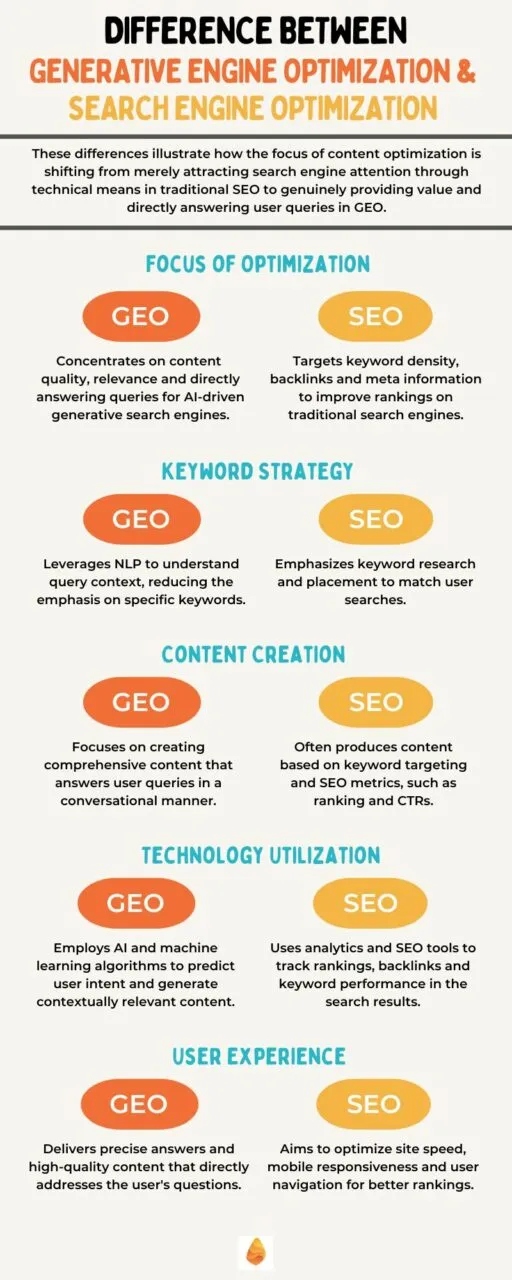
Examples of How GEO Works in Practice
- AI-Generated Blog Post: A generative model might write a detailed blog post on “best practices for remote work.” Using GEO, the content is refined to ensure that it uses short, digestible paragraphs, includes natural keyword integration, and contains visual elements like images, lists, and bullet points to enhance readability.
- Product Descriptions: An e-commerce store uses AI to generate product descriptions. With GEO, these descriptions are optimized for search intent, structured for easy reading, and aligned with both on-page SEO and buyer needs.
Key GEO Strategies for Optimizing AI-Generated Content
Optimizing AI-generated content is a multifaceted process that requires attention to content polishing, keyword integration, and improving user experience. Below, we delve into the core strategies for effective Generative Engine Optimization.
Content Polishing: The Human Touch
Even the most advanced AI models can produce content that is repetitive, verbose, or disorganized. Polishing AI content with human editing is critical. This means:
- Eliminating redundant phrases.
- Correcting grammatical errors.
- Adding nuanced language that makes the content more engaging and persuasive.
Keyword Optimization: Balance and Relevance
AI-generated content can sometimes overuse keywords, leading to an unnatural flow that search engines penalize. It’s important to balance primary keywords, related keywords, and long-tail variations while maintaining a natural, conversational tone.
Top GEO Optimization Strategies:
- Structure: Break content into digestible sections with short paragraphs, subheadings (H2, H3), and bulleted lists.
- Editing: Ensure human oversight on all AI-generated content to polish errors and improve readability.
- Keyword Integration: Focus on placing relevant keywords naturally, without stuffing.
- Fact-Checking: Always verify the accuracy of AI-generated information, particularly in technical or authoritative fields.
- Maintain Originality: Use AI tools that ensure output is unique to avoid duplication and plagiarism risks.
Examples of Content Polishing
Consider an AI-generated article on “sustainable farming.” The raw output might include repetitive phrases such as “sustainable practices” used too frequently. Through GEO, editors can vary the language, using synonyms and related terms to make the content more engaging.
Tools and Technologies for Effective GEO
Optimizing AI-generated content requires using a combination of AI generation tools and SEO optimization platforms. Below are some of the best tools available for implementing Generative Engine Optimization:
AI Writing Tools:
- GPT-4 and ChatGPT: Popular for producing natural-sounding, conversational text for blogs, product descriptions, and more.
- Jasper AI: Known for its SEO-focused AI content generation, helping create articles, social media posts, and sales copy.
- Writesonic: A versatile AI tool that creates blogs, social media updates, ads, and more, with SEO and user experience in mind.
For businesses looking to scale their content generation and improve their SEO strategy, platforms like WODO offer comprehensive solutions that combine AI technology with SEO best practices.
SEO Optimization Tools:
- SurferSEO: A comprehensive tool that analyzes top-performing content in SERPs and provides recommendations for content optimization based on search engine trends.
- Ahrefs and SEMrush: Two of the leading tools for keyword research, backlink analysis, and site auditing to improve on-page and off-page SEO.
- Grammarly and Hemingway Editor: Both are valuable for checking grammar, readability, and clarity to ensure that AI-generated content is polished to human standards.

Tools for GEO:
| Tool | Purpose | Best For |
|---|---|---|
| GPT-4/ChatGPT | AI text generation | Initial content drafts |
| SurferSEO | Content optimization for ranking | Keyword integration and SEO optimization |
| Grammarly | Grammar and readability checking | Improving content clarity |
| Writesonic | AI-driven content for various formats | Producing articles, ads, and social media content |
Pros and Cons of Using Generative Engine Optimization
Like any optimization strategy, Generative Engine Optimization has its advantages and potential drawbacks. Businesses need to carefully consider the pros and cons before relying heavily on AI-generated content.
Pros of GEO:
- Scalability: GEO allows businesses to scale their content production rapidly without sacrificing SEO value.
- Consistency: AI-generated content, when optimized through GEO, ensures consistent keyword integration and topical coverage.
- Cost Efficiency: Businesses can cut down on content creation costs by using AI tools instead of hiring large teams of writers.
Cons of GEO:
- Limited Creativity: AI-generated content often lacks the personal or creative touch that human-written content provides.
- Human Oversight Required: Without human oversight, AI content can lead to robotic-sounding text, grammatical errors, or repetitive phrases.
- Risk of Search Engine Penalties: If AI-generated content is over-optimized or poorly structured, it risks being penalized by search engines for low quality.
Table: Pros and Cons of GEO
| Pros | Cons |
|---|---|
| Scalable content production | Lacks human creativity and engagement |
| Cost-efficient for large content needs | Requires ongoing human oversight |
| Increases consistency of content strategy | May incur search engine penalties if poorly optimized |
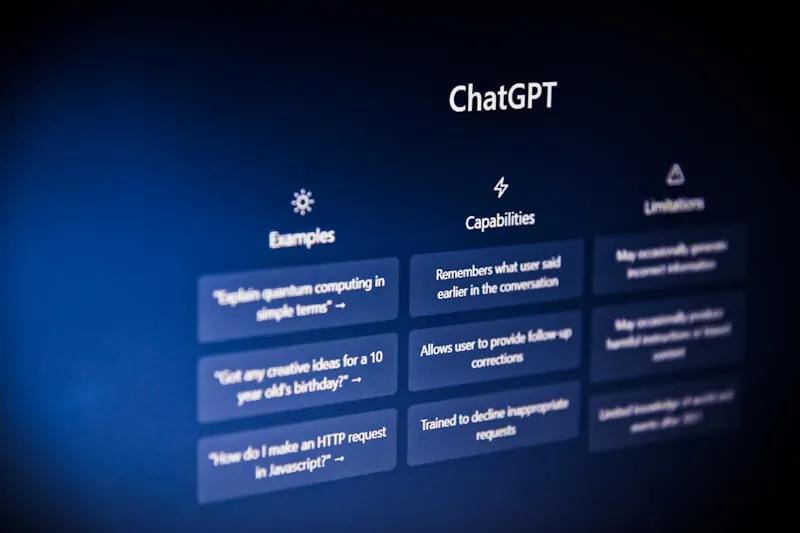
GEO Best Practices for Businesses
For businesses looking to adopt Generative Engine Optimization, it’s important to follow best practices to ensure both quality and ranking performance. Below are key practices that help refine AI-generated content to meet SEO and user engagement standards.
Audit AI Content Regularly
Regular audits are essential to ensure that the AI-generated content aligns with search engine guidelines, follows keyword strategies, and provides value to the user.
Add a Human Element
Never rely solely on AI-generated text. Human editors should always review, refine, and optimize AI content to ensure it is coherent, engaging, and accurate.
Optimize for Readability
Ensure the content is easy to scan by using short paragraphs, bullet points, subheadings, and visual elements to break up large blocks of text.
Diversify Content Types
Mix AI-generated text with other formats, including infographics, videos, and interactive content. This provides additional value to users and improves the overall user experience.
Regularly Update Content
Search engine algorithms evolve, and content that ranks well today may not perform as effectively tomorrow. Regularly update and improve AI-generated content to keep it fresh and relevant.
The Future of Generative Engine Optimization
As AI-generated content continues to rise, so too will the complexity and importance of Generative Engine Optimization. The future of GEO will likely see even greater integration of AI tools with SEO practices, where AI not only generates content but also continuously optimizes it based on user engagement and search engine performance.
Future Trends in GEO:
- Smarter Search Algorithms: Search engines will likely develop more sophisticated algorithms to differentiate between AI-generated and human-generated content, placing a greater emphasis on originality and depth.
- AI-Optimized Feedback Loops: Future AI tools may incorporate self-optimizing algorithms, where the AI constantly refines content based on real-time search performance and user interactions.
- Increased Content Personalization: AI tools may begin to incorporate personalization algorithms to better tailor content to individual users, further increasing engagement and relevance.
Table: Future Trends in GEO
| Trend | Impact |
|---|---|
| Smarter algorithms | Better differentiation of AI and human content |
| AI content detection tools | Higher focus on content originality |
| Self-optimizing AI content | Real-time updates to match search trends and user behavior |
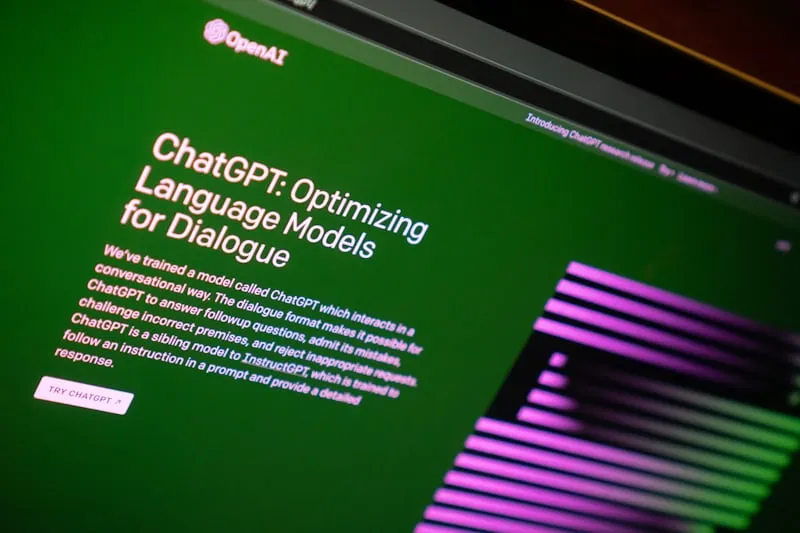
Frequently Asked Questions (FAQs) about GEO
What is Generative Engine Optimization (GEO)?
Generative Engine Optimization (GEO) is the process of optimizing AI-generated content to improve its search engine rankings. It involves ensuring that AI-generated content meets SEO standards for quality, structure, and relevance.
How is GEO different from traditional SEO?
GEO focuses on content generated by AI tools, whereas traditional SEO applies to human-written content. GEO involves unique challenges, such as ensuring AI content is engaging, original, and well-structured to meet search engine requirements.
What tools are recommended for GEO?
Tools like GPT-4 for content generation, SurferSEO for optimization, and Grammarly for polishing readability and grammar are commonly used for GEO.
How can businesses ensure quality in AI-generated content?
Businesses should always review and refine AI-generated content to improve clarity, ensure accuracy, and add a human touch. Regular audits and updates to content are also essential to maintain quality over time.
What are the risks of using AI-generated content without GEO?
Without GEO, AI-generated content risks being flagged for low quality or keyword stuffing, which could result in penalties from search engines, reducing visibility and engagement.
Conclusion
As the use of AI tools for content generation continues to grow, businesses need to adapt their optimization strategies to ensure that AI-generated content not only meets SEO standards but also provides real value to readers. Generative Engine Optimization (GEO) represents the next frontier of digital marketing, where businesses can leverage the efficiency of AI content creation while maintaining quality and relevance through strategic optimization.
By implementing the strategies and best practices discussed in this article, businesses can harness the power of AI content while ensuring their content performs well in search engine rankings. The future of GEO will require constant adaptation, but with the right approach, it presents a significant opportunity for businesses to scale their content efforts and improve their SEO performance in the AI-driven age


